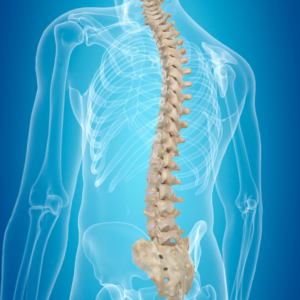Ab Exercises: The Nia Way
My relationship with abdominal exercises has radically changed because of Nia.
Sit-ups and Crunches: The Way to a Flat Stomach or “Six Pack” ?
When I first started exercising in my late teens / early 20s, the emphasis was on getting a flat belly (if you were a woman) and on getting a 6 pack (if you were a man). Am I ever glad that is NOT my focus now.
For me, the amount of strain I put on my neck doing sit-ups pretty much countered any positive effects I might have been getting. Add to that the stress my low back felt when doing crunches and it’s no wonder that I strongly disliked ab exercises. As a result, I avoided them.
Nia: The Body’s Way
In Nia, our movements are designed to compliment the design of our body. Our bodies were intended to move in certain ways, and not in others. If you really consider the design of the body, it becomes obvious how it’s meant to be moved. Our circular shoulder joint is meant to create circular movements. On the other hand, our hinging knees were intended to move only in one plane, just as the hinge of a door allows it only to open and close. In Nia, the design of our body dictates how we move. It’s The Body’s Way.
Do Traditional Ab Workouts Respect ‘The Body’s Way’?
Simply put, no.
Sit-Ups Don’t Help Your Abdominal Muscles to Do Their Job
Our abdominal muscles were designed to a) keep our spines straight by acting as braces and b) provide power for our movements. Sit-ups and crunches flex the abdominal muscles, but in everyday life (as well as athletic activities) the spine is in a neutral position, not flexed, and the abdominal muscles are contracted to maintain that neutral position.
What Happens to Our Spine When we Do a Sit-up or Crunch?

“There are only so many bends or a ‘fatigue life’,” in your spinal disks,” says Stuart M. McGill, professor of spine biomechanics at the University of Waterloo. Inside each of our spinal disks is a mucus-like nucleus, he says, and “if you keep flexing your spine and bending the disk over and over again, that nucleus slowly pushes through the layers and causes a disk bulge, or a disk herniation.” A herniated disk won’t show through your swimsuit, but can cause back and leg pain, weakness, and tingling.
Ab Exercises: The Body’s Way
1. Core Stability
Throughout an entire 75 minute Nia class, we are conscious of our entire core (the head, chest and pelvis) and their relationship to our spine. Using principles of The Alexander Technique , we maintain an upright position. Like building blocks, our head, chest and pelvis remain stacked one on top of the other. That allows us to move from the energy center of our bodies, locate in our core (or abdominal area). Learn more about the Alexander Technique in this super clever video.
Imagine, squatting or lunging while keeping your core aligned. No tipping forward through your head or leaning back into your pelvis. Now THAT is a core workout! Keeping upright keeps the abdominal muscles doing what they should be doing – bracing the spine.
2. Sounding
Throughout our Nia classes, we freely using sounding when kicking or punching. Exhaling a hearty breath while saying “hey” or “huh” not only protects and strengthens the back, but actively tones our abdominal muscles at the same time.
3. Floor Play
Children do something quite intuitive that we as adults don’t.
They play.
And when they play, they are quite physical. Have you gotten down on the floor to play with a child recently? If so, you’ll remember the good deal of exertion involved with playing.
In Nia, we use “Floor Play” as a means of conditioning not only our backs and abs but our whole bodies! There are so many ways to strengthen and challenge our bodies simply by getting down on the floor. Take a look at this lively video for some ideas.


[…] Following the principles of The Alexander Technique, Nia teaches us to remove the weight of our heads off our shoulders. This allows our head to become light, free from the constraints and holding patterns that cause many of us neck and shoulder problems. When we practice Nia, we direct our torso up, out, and away from the hips, helping to counteract the effects of gravity. This creates muscles that are long and strong and support a healthy posture. Learn more here. […]